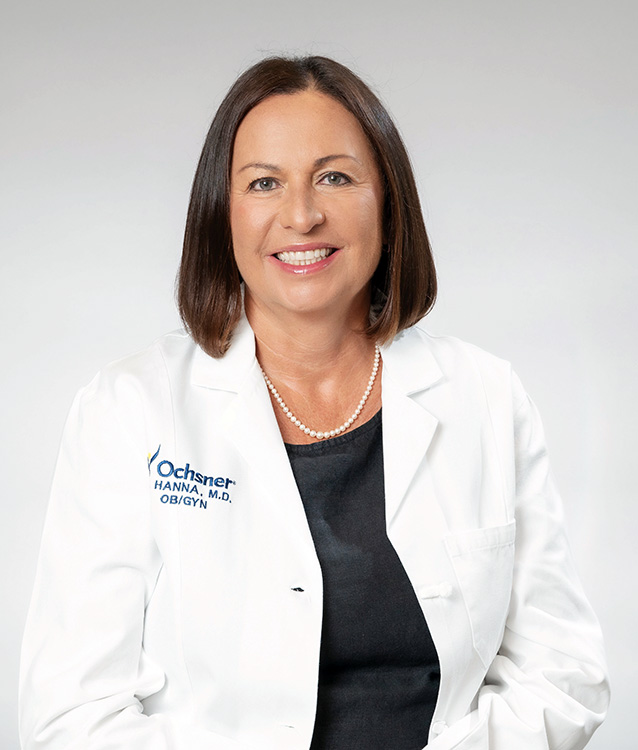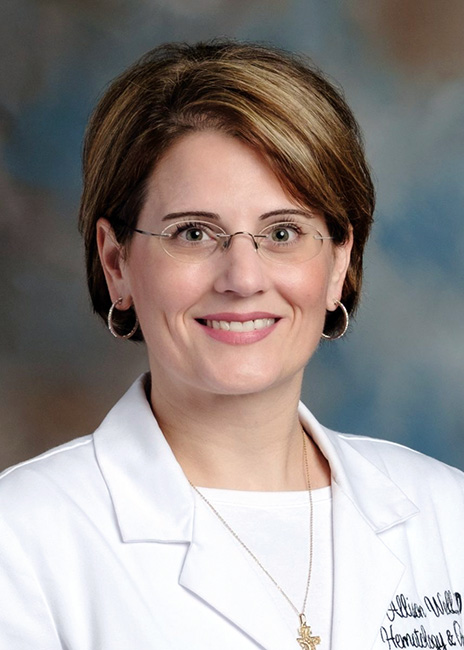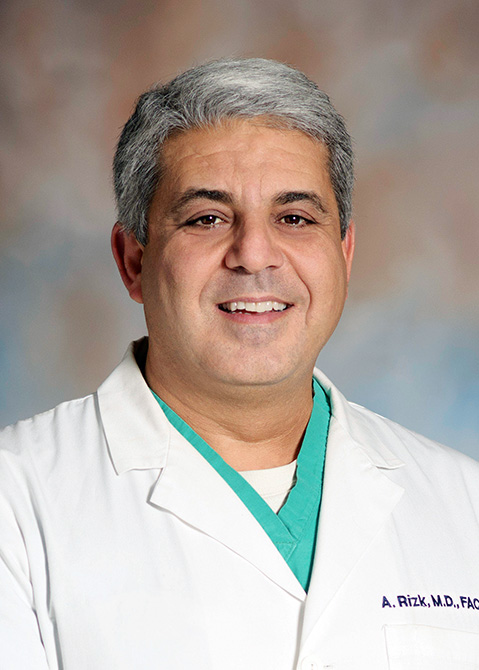Women of all ages and walks of life are predisposed to some unique health concerns. From cervical and breast cancer to heart disease, many conditions are specific to females or affect them differently than men.
Here, three experts address some of the most common areas of concern for women, the latest developments in treatment and detection and more.

OBGYN
“How often do I need a Pap test? Do I come in every three years or five years?”
There is a lot of confusion about current screening guidelines. The bottom line: every woman needs a gynecological exam annually. The guidelines only apply to the Pap test, a screening for cervical cancer.
If your Pap tests have always been normal, your human papillomavirus (HPV) status is negative and you are at low risk of acquiring HPV, then a Pap test may be appropriate every three to five years. However, an annual exam is important for everyone for breast, uterus and ovarian cancer surveillance. Even women over 65 or those who have had a hysterectomy can develop vulvar cancer.
If your Pap test is abnormal, you may have dysplasia, or “CIN,” which is the precancerous condition of the cervix. Your gynecologist may want to perform a colposcopy, a procedure where the cervix is viewed through a microscope and biopsies are taken to determine if dysplasia is present. Mild dysplasia can be watched, as it may resolve spontaneously in a year or two. Moderate or severe dysplasia is treated with a loop electrosurgical excision procedure (LEEP) cryotherapy, or cone biopsy.
Mammograms are recommended annually for all women, starting at age 40. Colon cancer screening should start at age 45. This is best achieved by colonoscopy, which actually prevents colon cancer by finding pre-cancerous polyps and removing them. If the colonoscopy is negative and there is no family history, you may only need one every 10 years.
One more note about cancer prevention: HPV vaccination is recommended starting at age 9-11 for both boys and girls, and there is no age limit to receive it. This measure prevents cervical cancer in women and genital warts in both men and women. It has also been discovered that many head and neck cancers are HPV related. This vaccine protects against these cancers later in life.
See you gynecologist every year. Your individual screening needs are best determined by you and your gynecologist.

CANCER
Since I started my fellowship in 2005, and then my practice here on the Coast in 2008, it has been a fascinating and humbling journey. Treatment options for cancer have exploded in the past 20 years. We now have so many more options for treatment that not only give better results, but also are better tolerated. Patients who previously were expected to live months now can live years with a better quality of life.
Many of these new, more specified treatments transform treating metastatic cancers into more like treating a chronic illness. We treat cancers based on their molecular signature, a targeted rather than a broad treatment, which helps lessen side effects. This information is gathered not only on the tumor tissue, but also through blood specimens taken at the time of diagnosis and evaluated at relapse, as we know cancers can mutate during their treatment course. The horizon for cancer treatment continues to expand.
We now can follow a patient in remission after colon cancer treatment with a blood test, which is used to detect circulating cancer cells for recurrence prior to image detection. Detection tools have come a long way, too, in the past 20 years. I always encourage follow-ups with primary care and following standard screening guidelines for early detection.
For example, screening mammography for breast cancer is done utilizing 3D imaging rather than 2D digital imaging. Artificial intelligence is being studied in many cancers such as lung, breast, skin and prostate and remains investigational. CT is used to screen smokers at high risk for lung cancer, as most CT imaging can detect it down to a millimeter. We are blessed by the continued growth in the management and detection of cancer.

HEART
As an interventional cardiologist who treats cardiac patients daily, I’m encouraged by the many innovations that are having a meaningful impact on clinical practice. Here are a few:
Watchman FLX Left Atrial Appendage occlusion device: An estimated 1-2 percent of the population have atrial fibrillation, which significantly increases the risk of stroke. The mainstay of treatment to reduce this risk is blood-thinning medications. Clinicians must weigh the benefit of stroke prevention with bleeding risk to make the most appropriate and safest decision for each patient. Some patients, for various reasons, are not optimal candidates for long-term blood-thinning agents.
The Watchman FLX device is designed to protect these patients from stroke by occluding the left atrial appendage, which is a small pouch extending off the left top chamber of the heart where clots can collect in those with atrial fibrillation — accounting for more than 90 percent of strokes in these patients. The Watchman FLX procedure is performed via a large vein in the groin and usually does not require an overnight stay. This procedure is potentially life-changing, as it can offer comparable stroke protection and eliminate the need for long-term blood thinners.
Cardio MEMS device: Nearly 6.5 million Americans are affected by congestive heart failure. The Cardio MEMS device is a small, paper clip-sized sensor that is implanted into a patient’s pulmonary artery via a large vein in the groin. This sensor allows clinicians to monitor daily measurements of the pulmonary artery pressures. These measurements allow clinicians to monitor for signs that the patient is becoming fluid overloaded and headed toward an exacerbation of heart failure. In response, the clinician can adjust therapy to avert worsening of heart failure and avoid the need for hospitalization or emergency care.
Pacemakers: Pacemakers are common in cardiology practice. These devices carry important complications, such as lead malfunction or dislodgement, along with potential infections that may require additional surgeries.
We now have the option of using leadless pacemakers in some patients. These are small devices that are implanted directly into a chamber of the heart, eliminating the need for wires and therefore any risk associated with lead failure and malfunction.
The past decade has brought major advances in cardiology that improve the care and daily lives of patients. Many more impressive innovations are on the horizon, making the future of cardiac care promising and bright for so many who will face heart disease in their lifetime.


